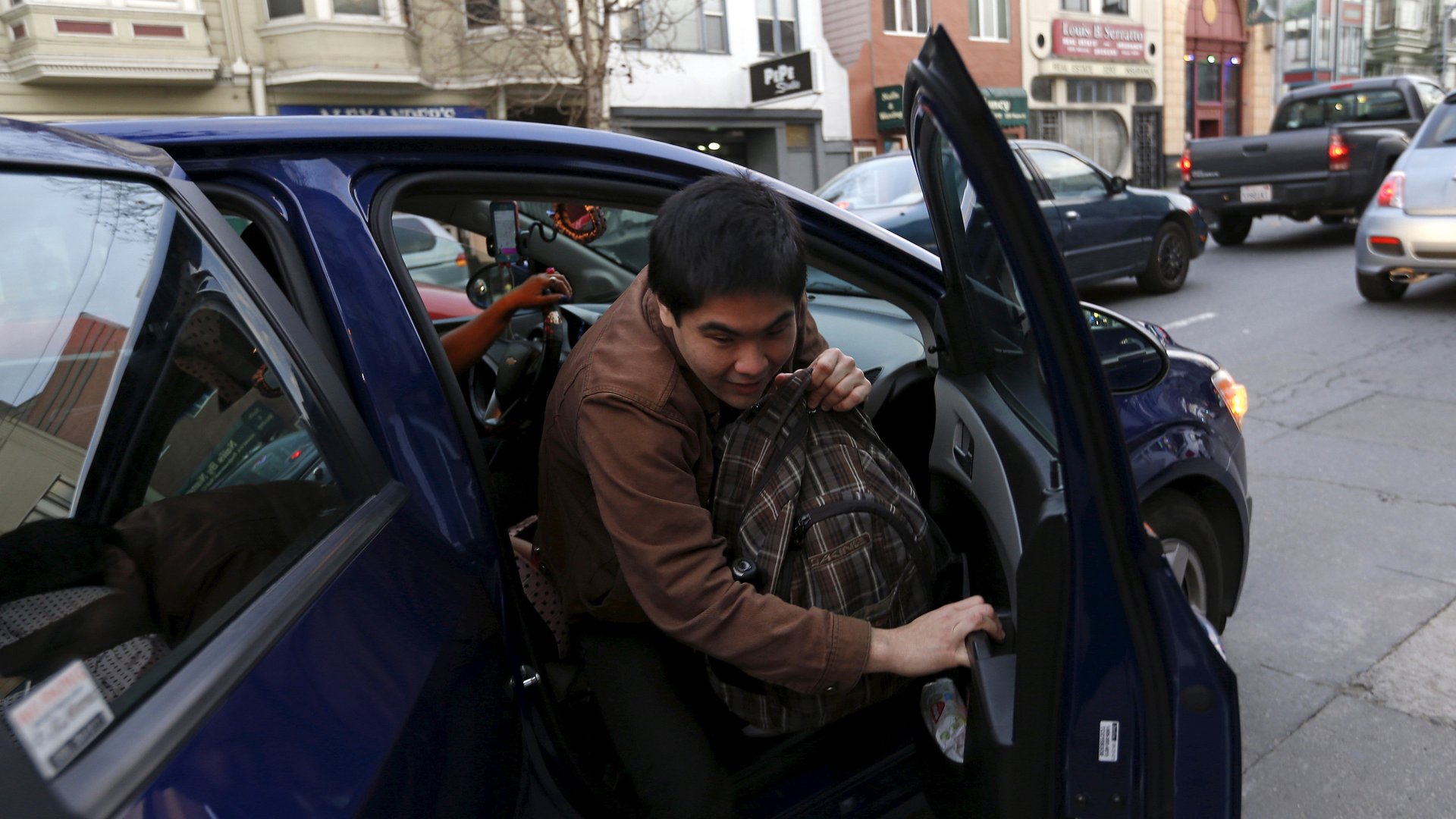Uber’s sweeping price cuts usually don‘t last
Uber cut fares for riders in about 100 US cities in January for the second year in a row. It’s part of what Uber calls “beating the winter slump.”


Uber cut fares for riders in about 100 US cities in January for the second year in a row. It’s part of what Uber calls “beating the winter slump.”
Cheaper rates are good for everyone, Uber says, because they encourage more riders to use Uber, which creates more business for drivers. Even if individual fares are lower, higher demand should mean drivers make more trips per hour and thus earn more money overall. In 2015 and 2016, Uber built earnings guarantees into its cuts, promising an hourly base to drivers who worked high-demand periods.
But should this fail, Uber has a fallback position: Raising prices.
Last year, for example, earnings fell in some cities and we changed back. In Charlotte, for example, we pulled a 40% price cut back to 29%, and earnings for drivers grew by nearly 20% in 2015. And in two cities, including Seattle, we ended up reversing the price cuts entirely when it became obvious that prices were already low enough. Earnings have remained stable since.
That’s from Uber’s blog post announcing the cuts earlier this year. Reading it, you’d think these reversals are a rare occurrence. But actually, they aren’t. In January 2015, Uber made “seasonal” price cuts in 57 cities. In 34 of them—or 60%—Uber tells Quartz that those cuts were eventually partially or fully rolled back.
Lyft also lowered rates recently in 34 US cities, in an apparent attempt to keep pace with Uber. A spokeswoman for Lyft said the cuts “are intended to be temporary.”
Uber declined to comment on whether any this year’s fare cuts have been undone yet. In New York, where prices dropped 15%, Uber says average hourly earnings for drivers have increased 17%, largely due to a dip in the time they spend waiting for trips.
Based on how 2015 went, that seems to be the exception.